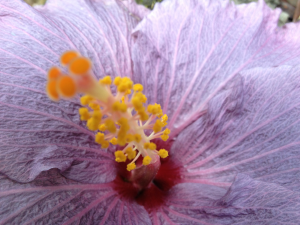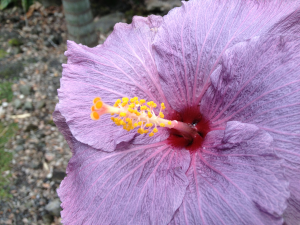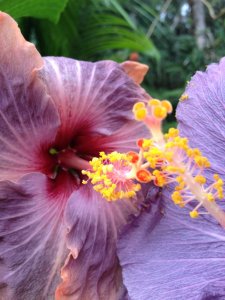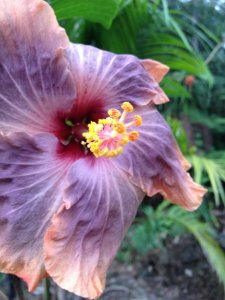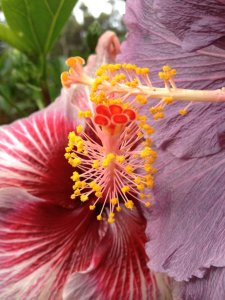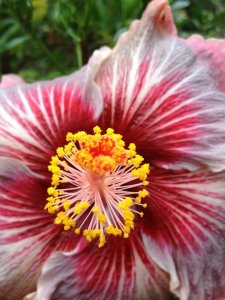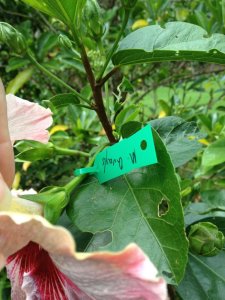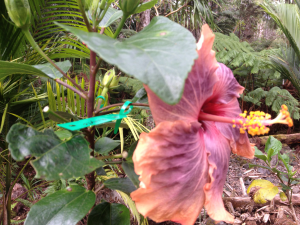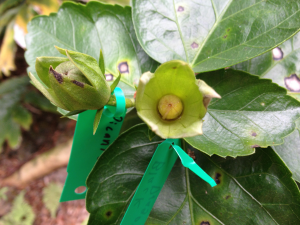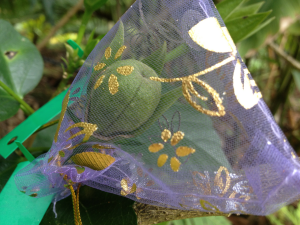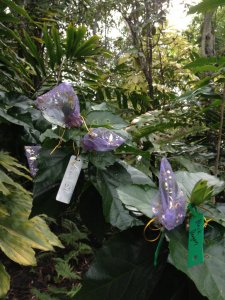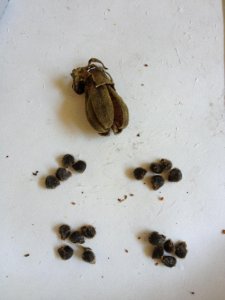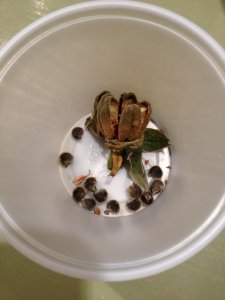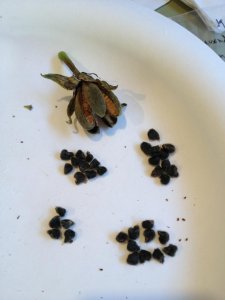putu enjula
Well-Known Member
- 661
- 28/09/07
- 75
- 68
First you have to get seed! Hibiscus are not true to seed. That means, when you harvest seed from a plant, the seedlings will not have the same characteristics as the plant from which the seeds came. Odds are the plants from seed will look entirely different than the mother plant! That's what makes hybridizing Rosa-sinensis exciting.
Bloom of the hibiscus hybrid cultivar named "All Aglow"
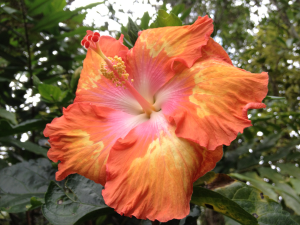
Bloom of the hibiscus hybrid cultivar named "All Aglow"



